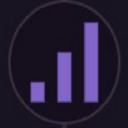-
 bitcoin
bitcoin $110415.485139 USD
-1.74% -
 ethereum
ethereum $3914.309383 USD
-1.58% -
 tether
tether $1.000075 USD
0.00% -
 bnb
bnb $1116.910315 USD
1.41% -
 xrp
xrp $2.562069 USD
-1.96% -
 solana
solana $193.888910 USD
-0.02% -
 usd-coin
usd-coin $0.999800 USD
-0.01% -
 dogecoin
dogecoin $0.192383 USD
-0.47% -
 tron
tron $0.296815 USD
0.66% -
 cardano
cardano $0.641286 USD
-0.18% -
 hyperliquid
hyperliquid $47.495653 USD
-0.35% -
 chainlink
chainlink $18.106533 USD
1.42% -
 bitcoin-cash
bitcoin-cash $561.296588 USD
0.00% -
 stellar
stellar $0.316591 USD
-0.21% -
 ethena-usde
ethena-usde $0.999227 USD
-0.01%
What are the best settings for the VWAP indicator?
The VWAP indicator helps crypto traders identify fair value by weighting price against volume, with price above VWAP signaling bullish momentum and below indicating bearish pressure.
Oct 21, 2025 at 08:37 pm

Understanding the VWAP Indicator in Crypto Trading
1. The Volume Weighted Average Price (VWAP) is a crucial tool for traders operating within the cryptocurrency markets. It calculates the average price of an asset based on both volume and price over a specified time period. Unlike simple moving averages, VWAP accounts for how much of an asset was traded at each price point, making it especially useful for identifying fair value and potential entry or exit points.
2. In fast-moving markets like Bitcoin or Ethereum, VWAP helps filter out noise by highlighting where most trading activity has occurred. Traders use it to assess whether prices are relatively high or low based on volume distribution. When price trades above VWAP, it often signals bullish momentum; when below, bearish sentiment may dominate.
3. Because crypto markets operate 24/7, traditional intraday VWAP calculations from stock markets need adjustment. Many traders reset the VWAP calculation at UTC midnight to maintain consistency across global sessions. This reset allows for clearer analysis without carryover distortion from previous days’ data.
4. Institutional players frequently anchor their execution strategies around VWAP levels. Their large orders are often split to avoid market impact, aiming to buy below or sell above VWAP. Recognizing this behavior enables retail traders to align with larger market flows and improve trade timing.
5. While VWAP is commonly used as a standalone reference, combining it with other volume-based indicators such as On-Balance Volume (OBV) or tick volume can enhance its reliability. These combinations help confirm whether price moves are supported by genuine participation or merely short-term speculation.
Optimal Timeframes for VWAP Application
1. For day traders focusing on short-term swings, using a 5-minute or 15-minute chart with a daily VWAP provides precise context. These intervals offer enough granularity to track real-time deviations while still reflecting the broader session trend.
2. Scalpers often pair VWAP with a standard deviation band (sometimes called VWAP Bollinger Bands) on 1-minute or 3-minute charts. This setup highlights overextended moves relative to average volume-weighted pricing, signaling possible reversions.
3. Swing traders may benefit from multi-day VWAP readings, though these require careful calibration due to volatility skew in crypto assets. Extending the lookback period beyond one day without resetting can distort signals, especially during periods of low overnight volume.
4. Higher timeframes like 1-hour charts combined with anchored VWAP—set to key breakout or reversal points—allow traders to evaluate longer-term value zones. This method proves effective during consolidation phases preceding major moves.
5. Timeframe selection should match the trader’s strategy and risk tolerance. A mismatch between VWAP settings and holding duration can lead to false signals, particularly in illiquid altcoin markets where price spikes occur frequently.
Customization Techniques for Enhanced Accuracy
1. Adjusting the VWAP calculation start point is essential in crypto. Instead of defaulting to exchange-specified opening auctions, many traders manually anchor VWAP to significant support/resistance breaks or macroeconomic event timestamps.
2. Using multiple VWAP lines—such as pre-market, post-breakout, and session-wide—provides layered insight into shifting value areas. This technique reveals dynamic equilibrium zones that single-line VWAP might miss.
3. Some platforms allow integration of bid/ask volume into VWAP computation. In highly liquid futures markets like those on Binance or Bybit, this refinement distinguishes between aggressive buying and passive lifting of offers.
4. Incorporating volume profile alongside VWAP creates a powerful synergy, pinpointing high-volume nodes where price is more likely to react. This combination is particularly effective during range-bound conditions in stablecoins or blue-chip tokens.
5. Custom scripts and Pine Script implementations on TradingView enable conditional coloring of VWAP based on slope or crossover rules. These visual cues accelerate decision-making without introducing lagging elements.
Common Pitfalls and Misinterpretations
1. Blindly following VWAP crossovers without considering overall market structure leads to poor outcomes. In strong trending environments, price can remain extended from VWAP for prolonged periods, trapping mean-reversion traders.
2. Failure to account for halving events, ETF approvals, or protocol upgrades skews historical comparisons. VWAP values derived during low-volatility regimes may not apply during news-driven surges.
3. Relying solely on default platform settings ignores differences in exchange-specific volume reporting. Aggregated VWAP across exchanges can differ significantly from venue-specific calculations due to latency and liquidity fragmentation.
4. Neglecting funding rates and open interest when interpreting VWAP in perpetual futures markets results in incomplete analysis. High long-side dominance coupled with price above VWAP could indicate overcrowded positioning rather than strength.
5. Overcomplicating VWAP with excessive bands or secondary metrics reduces clarity. Simplicity often yields better results, especially when monitoring rapid corrections in leveraged tokens or memecoins.
Frequently Asked Questions
What does it mean when price crosses below VWAP?It typically indicates weakening buyer control and potential shift toward seller dominance. In ranging markets, this could signal a retest of lower value zones. Context matters—during downtrends, such crosses reinforce bearish bias.
Can VWAP be used effectively in sideways markets?Yes. During consolidation, VWAP acts as a central pivot. Price reactions near the line offer actionable clues. Bounces suggest residual demand; rejections hint at supply accumulation.
Is VWAP suitable for all cryptocurrencies?Larger-cap coins with consistent volume respond better to VWAP analysis. Low-liquidity altcoins suffer from erratic volume patterns, making VWAP less reliable unless paired with additional filters.
How do I anchor VWAP to a specific event?Most advanced charting tools allow manual anchoring. Select a pivotal moment—like a macro announcement or technical breakout—and set the VWAP calculation to begin from that bar. This customizes the baseline to reflect current market dynamics.
Disclaimer:info@kdj.com
The information provided is not trading advice. kdj.com does not assume any responsibility for any investments made based on the information provided in this article. Cryptocurrencies are highly volatile and it is highly recommended that you invest with caution after thorough research!
If you believe that the content used on this website infringes your copyright, please contact us immediately (info@kdj.com) and we will delete it promptly.
- Essex Post Office, 5p Coins, and King Charles: A Royal Mint Revelation!
- 2025-10-23 10:30:16
- Waymo's Newark Airport AV Tests: Alphabet's AI Gamble Pays Off?
- 2025-10-23 10:30:16
- King Charles 5p Coins: A Royal Flush in Your Pocket?
- 2025-10-23 10:35:18
- Solana, Crypto Advisory, and Forward Industries: A New York Minute on the Future of Finance
- 2025-10-23 08:51:22
- MAGACOIN: Ethereum Whales Dive into the Hottest Presale of 2025
- 2025-10-23 08:51:22
- Kadena's End of the Road? KDA Token Plummets Amid Project Abandonment
- 2025-10-23 08:55:34
Related knowledge
The Best Exponential Moving Average (EMA) Settings for Crypto Swing Trading
Oct 25,2025 at 04:55pm
The Best Exponential Moving Average (EMA) Settings for Crypto Swing TradingSwing trading in the cryptocurrency market relies heavily on identifying tr...
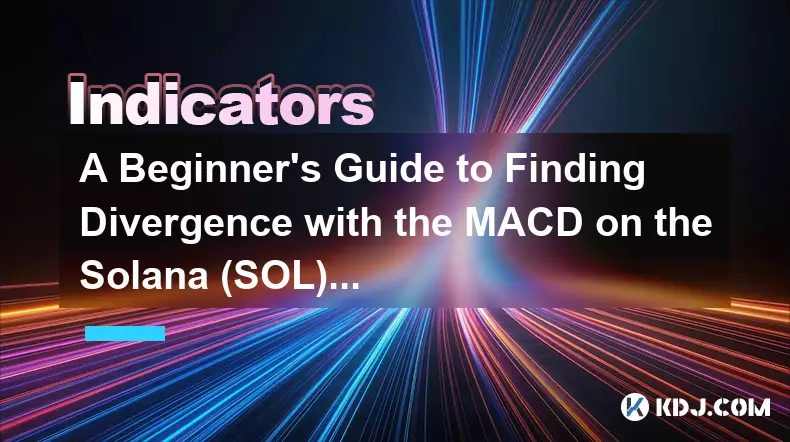
A Beginner's Guide to Finding Divergence with the MACD on the Solana (SOL) Chart
Oct 26,2025 at 12:36pm
Understanding MACD and Its Role in Solana Trading1. The Moving Average Convergence Divergence (MACD) is a momentum indicator widely used in cryptocurr...
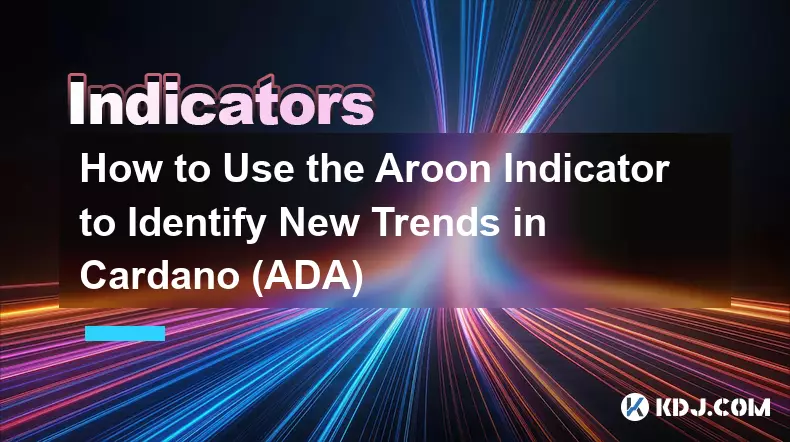
How to Use the Aroon Indicator to Identify New Trends in Cardano (ADA)
Oct 26,2025 at 10:18pm
Understanding the Aroon Indicator in Cryptocurrency Trading1. The Aroon indicator is a technical analysis tool designed to identify whether an asset i...
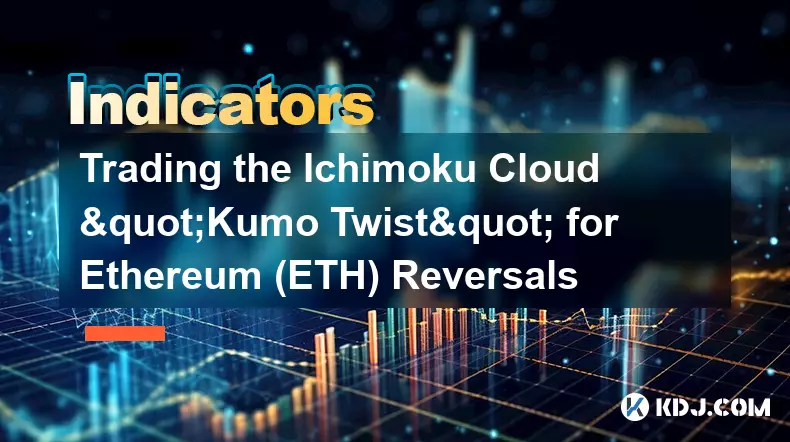
Trading the Ichimoku Cloud "Kumo Twist" for Ethereum (ETH) Reversals
Oct 27,2025 at 01:54am
Understanding the Ichimoku Cloud and Its Components1. The Ichimoku Cloud, also known as Ichimoku Kinko Hyo, is a comprehensive technical analysis tool...
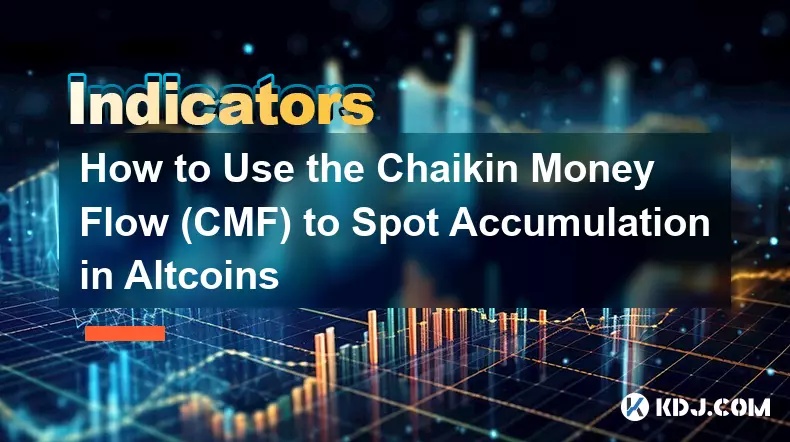
How to Use the Chaikin Money Flow (CMF) to Spot Accumulation in Altcoins
Oct 25,2025 at 08:18pm
Understanding Chaikin Money Flow in the Context of Altcoin Markets1. The Chaikin Money Flow (CMF) is a technical indicator developed by Marc Chaikin t...

How to Trade with the Keltner Channel Indicator on the Ethereum (ETH) Chart
Oct 28,2025 at 08:54am
Understanding the Keltner Channel in Ethereum Trading1. The Keltner Channel is a volatility-based technical indicator that consists of three lines: an...

The Best Exponential Moving Average (EMA) Settings for Crypto Swing Trading
Oct 25,2025 at 04:55pm
The Best Exponential Moving Average (EMA) Settings for Crypto Swing TradingSwing trading in the cryptocurrency market relies heavily on identifying tr...

A Beginner's Guide to Finding Divergence with the MACD on the Solana (SOL) Chart
Oct 26,2025 at 12:36pm
Understanding MACD and Its Role in Solana Trading1. The Moving Average Convergence Divergence (MACD) is a momentum indicator widely used in cryptocurr...

How to Use the Aroon Indicator to Identify New Trends in Cardano (ADA)
Oct 26,2025 at 10:18pm
Understanding the Aroon Indicator in Cryptocurrency Trading1. The Aroon indicator is a technical analysis tool designed to identify whether an asset i...

Trading the Ichimoku Cloud "Kumo Twist" for Ethereum (ETH) Reversals
Oct 27,2025 at 01:54am
Understanding the Ichimoku Cloud and Its Components1. The Ichimoku Cloud, also known as Ichimoku Kinko Hyo, is a comprehensive technical analysis tool...

How to Use the Chaikin Money Flow (CMF) to Spot Accumulation in Altcoins
Oct 25,2025 at 08:18pm
Understanding Chaikin Money Flow in the Context of Altcoin Markets1. The Chaikin Money Flow (CMF) is a technical indicator developed by Marc Chaikin t...

How to Trade with the Keltner Channel Indicator on the Ethereum (ETH) Chart
Oct 28,2025 at 08:54am
Understanding the Keltner Channel in Ethereum Trading1. The Keltner Channel is a volatility-based technical indicator that consists of three lines: an...
See all articles
















